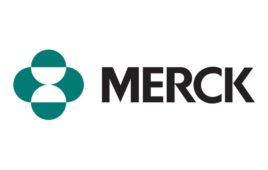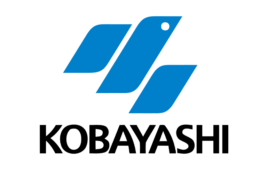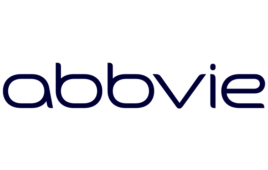The number of orphan product designations in the U.S. more than doubled during the last decade, reflecting growing interest by pharmaceutical and biotech companies in developing products to treat orphan diseases, according to a study recently completed by the Tufts Center for the Study of Drug Development. According to Tufts CSDD, orphan product designations increased from 208 in the 2000-02 period to 425 in 2006-08. Orphan drugs are products developed for a rare disease or condition, which affects fewer than 200,000 people in the U.S. In the European Union, orphan products are defined as those for diseases or conditions affecting five people out of every 10,000, or fewer. “The Orphan Drug Act, without question, can be considered a success. It has been emulated throughout the world, and today Japan and Europe have similar programs, while Singapore and Australia give special allowance for the importation and marketing approval of orphan products approved in the U.S.,” said Tufts CSDD Associate Director Christopher-Paul Milne, who conducted the study. Since the Orphan Drug Act of 1983 was signed into law in the U.S. more than 2,000 products in development have been designated as orphan drugs, while the Food and Drug Administration has granted market approval to 350 drugs and biologicals. The new analysis, reported in the January/February Tufts CSDD Impact Report, released today, also found that: — During the 2000s, orphan products comprised 22% of all new molecularentities (NMEs) and 31% of all significant biologics (SBs) receivingU.S. marketing approval. — Orphan products receiving priority review status rose from 35% ofall orphan NMEs in 2000-02 to 50% in 2006-08; during the same timethe share of orphan SBs receiving priority review status rose from17% to 67%. — While biotech firms during the 2000s garnered, on average, aboutone-third of all orphan drug approvals, they received just over 50%of orphan drug designations. — Sponsors engaged in clinical development funded through orphangrants reported that 22% of their programs led to approvals, whichcompares with a clinical approval success rate of 16% amongmainstream drug developers.
Related Articles Read More >

FDA approves Merck’s Winrevair to treat pulmonary arterial hypertension

Report: Japan health authorities investigate Kobayashi Pharmaceutical factory after five deaths

Eicos Sciences’ FDA-approved Aurlumyn promises to drastically reduce frostbite amputations

